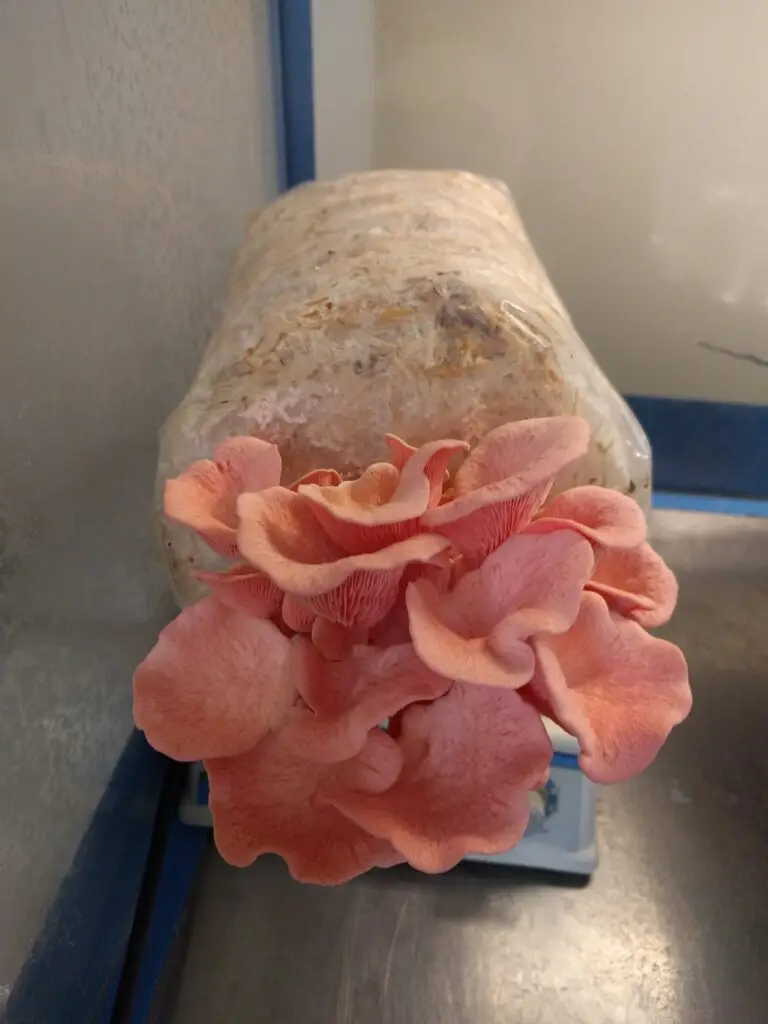
Phoenix Oyster Mushroom: A Complete Guide to the 10cc Liquid Culture Syringe
If you’re passionate about gourmet mushrooms or just starting your

The History of Psilocybe cubensis mushrooms, commonly known as “magic mushrooms,” have a rich and fascinating history that spans across centuries and cultures. These mushrooms are renowned for their psychoactive properties, primarily due to the presence of the compound psilocybin. This blog will delve into the historical use, cultural significance, and scientific exploration of Psilocybe cubensis, providing a comprehensive overview of their journey from ancient rituals to contemporary research.

The use of psychoactive mushrooms in religious and spiritual practices dates back thousands of years. Evidence suggests that ancient civilizations, particularly in Mesoamerica, used Psilocybe mushrooms in shamanistic rituals. Shamans and spiritual leaders consumed these mushrooms to induce altered states of consciousness, which they believed facilitated communication with the divine, provided insights, and offered healing.
When Spanish conquistadors arrived in the Americas, they documented the indigenous use of psychoactive mushrooms. However, the colonizers often viewed these practices as heretical and linked to witchcraft, leading to the suppression and prohibition of their use. Despite this, the traditional knowledge and use of Psilocybe mushrooms persisted in secret among indigenous communities.
The mid-20th century marked a significant turning point in the history of Psilocybe cubensis mushrooms, characterized by their rediscovery and the beginning of scientific interest.
The 1960s and 1970s saw a surge in scientific research into psilocybin and its potential therapeutic uses. Researchers explored the effects of psilocybin on consciousness, creativity, and mental health. However, the growing association of psychedelics with the counterculture movement led to increased governmental scrutiny and regulation.
The early 21st century has witnessed a renaissance in psychedelic research, with a renewed interest in the potential therapeutic benefits of psilocybin. Advances in neuroscience and a growing body of clinical evidence have prompted a reevaluation of psilocybin’s medical applications.
The history of psilocybe cubensis mushrooms and the growing acceptance of psilocybin’s therapeutic potential has led to efforts to decriminalize and legalize its use in various parts of the world.
Beyond the clinical and therapeutic context, the history of Psilocybe cubensis mushrooms continue to be used recreationally and spiritually by individuals seeking personal growth, enhanced creativity, and profound experiences.
Psilocybe cubensis mushrooms have also found their way into popular culture, influencing art, literature, music, and film. Their depiction ranges from mystical and transformative to cautionary and controversial, reflecting society’s complex relationship with psychedelics.
The history of Psilocybe cubensis mushrooms is a testament to their enduring significance in human culture and their potential to impact our understanding of consciousness and mental health. From ancient shamanistic rituals to cutting-edge clinical research, these mushrooms have journeyed through periods of reverence, suppression, rediscovery, and scientific validation.
As research continues to uncover the therapeutic potential of psilocybin, and as society’s perceptions of psychedelics evolve, Psilocybe cubensis mushrooms are poised to play a pivotal role in the future of mental health treatment and our exploration of the human mind. Whether used for healing, spiritual growth, or cultural expression, the legacy of these remarkable fungi continues to inspire curiosity and wonder.

If you’re passionate about gourmet mushrooms or just starting your

Mushrooms have long been revered in traditional medicine, but modern

When most people think of mushrooms, they imagine small fungi

Mushrooms are more than just fascinating organisms that sprout from

Stay updated with our newsletter for exclusive offers, insights, and the latest in psilocybe cubensis research.

At The Spore Depot, we are dedicated to providing the highest quality psilocybe cubensis mushroom spores for research purposes. With an extensive selection of mushroom spores, our products meet the strictest quality standards, ensuring they are prepared under sterile conditions for optimal results. Whether you’re working with a spore syringe or creating a spore print for detailed analysis, we are committed to supporting your journey into the microscopic world.
Our exceptional contact customer service is here to assist you every step of the way, making sure your experience with psilocybe cubensis spores is both rewarding and insightful. At The Spore Depot, your satisfaction is our top priority as you explore the fascinating world of fungi.